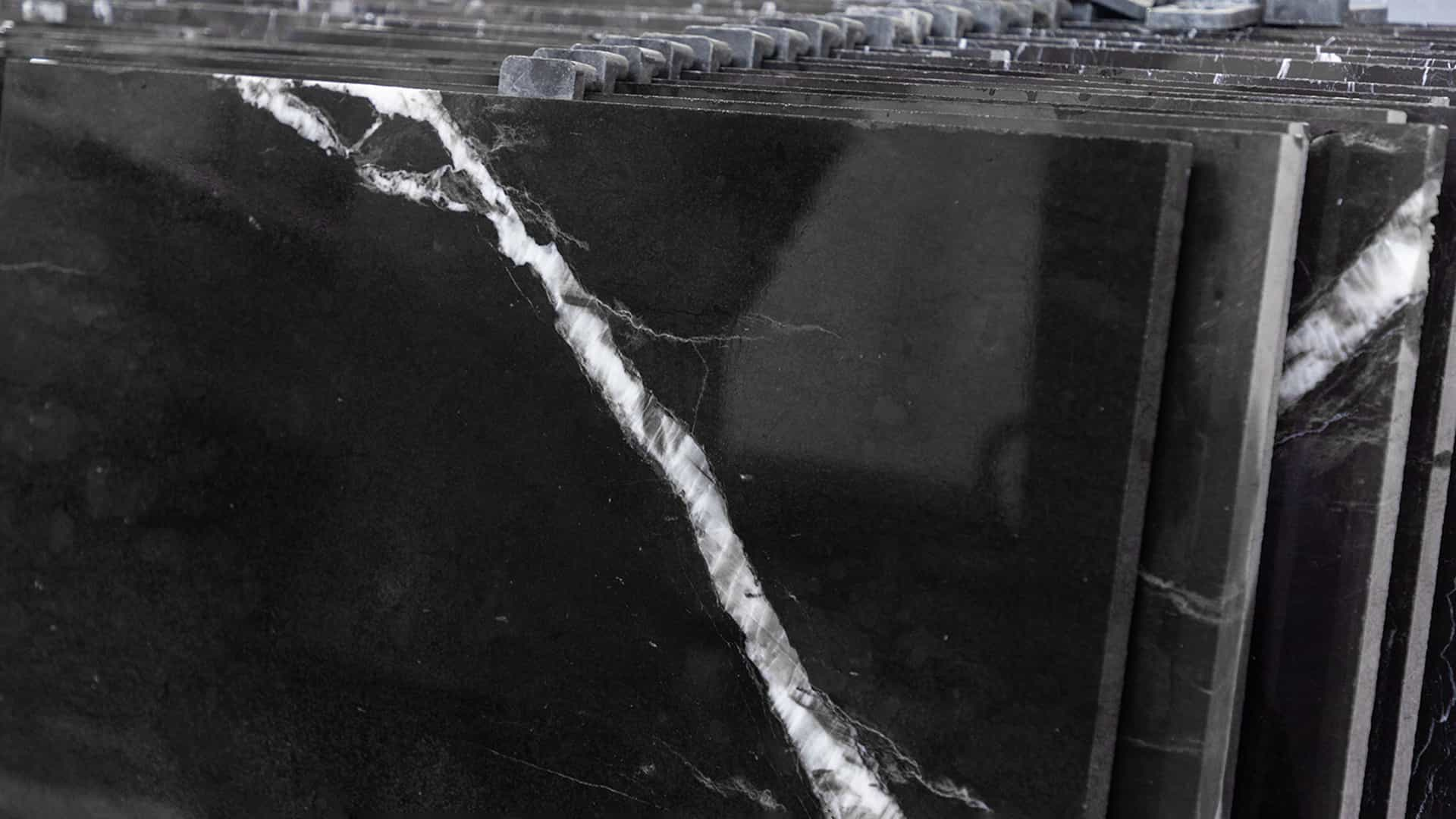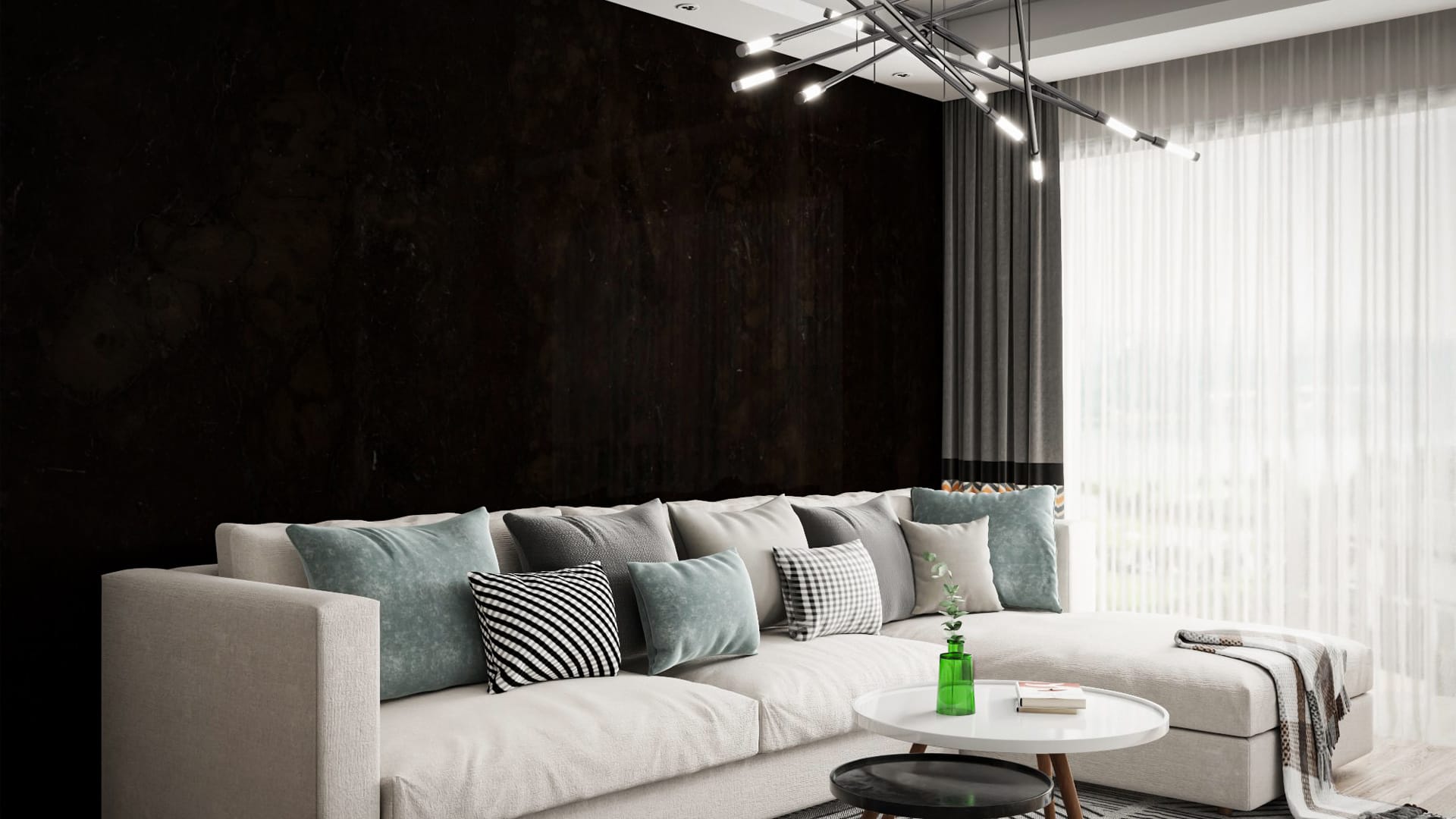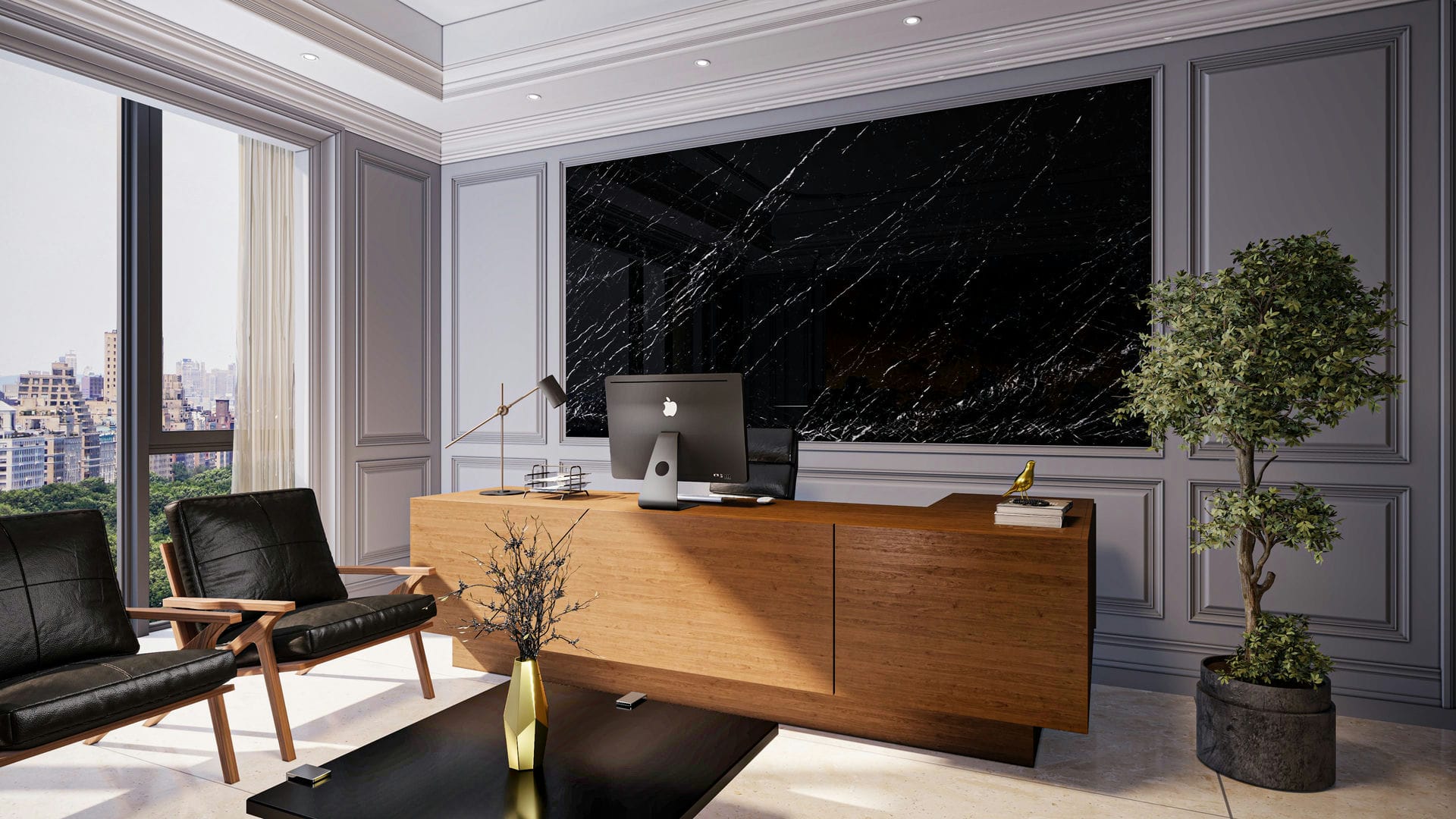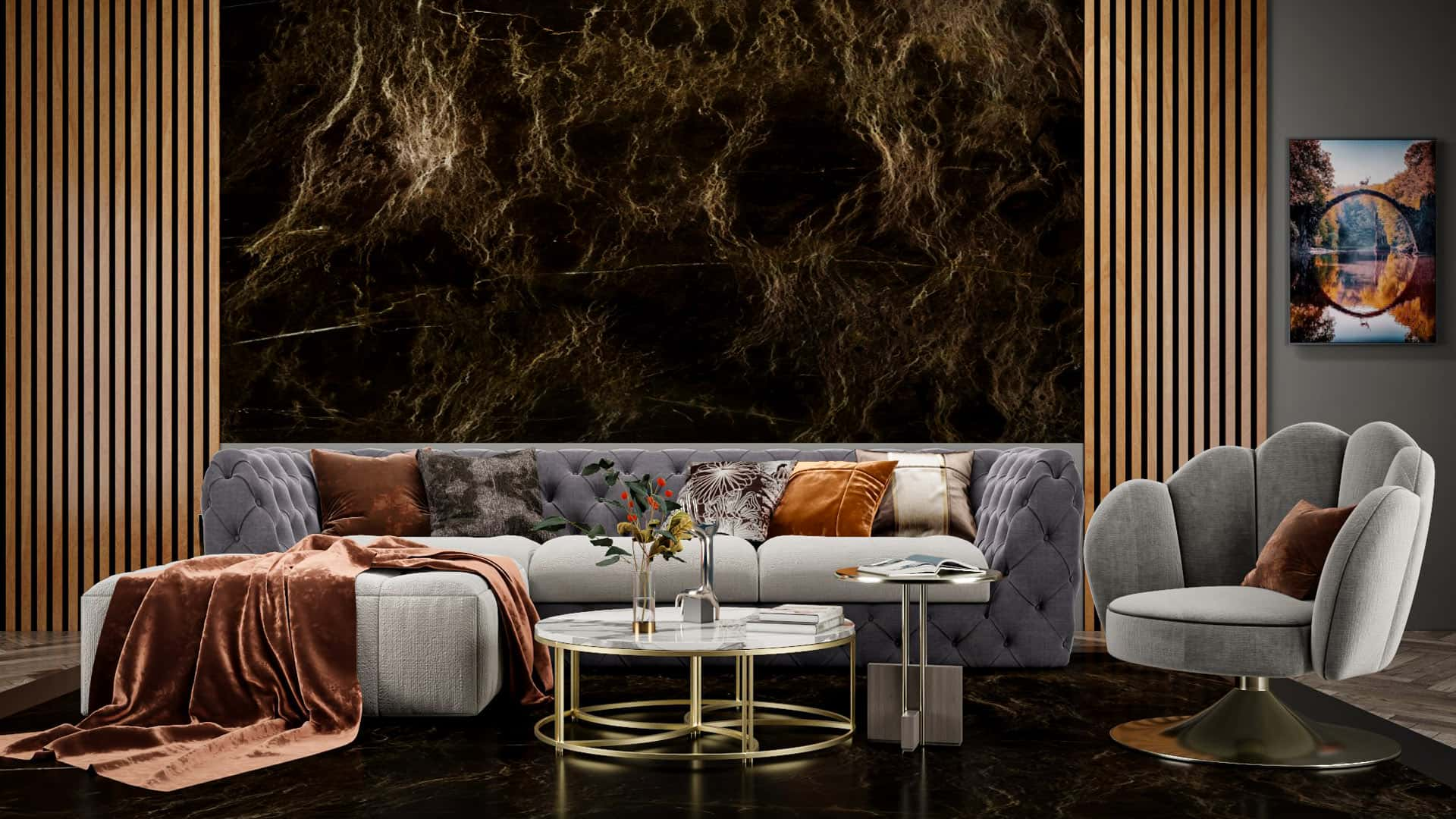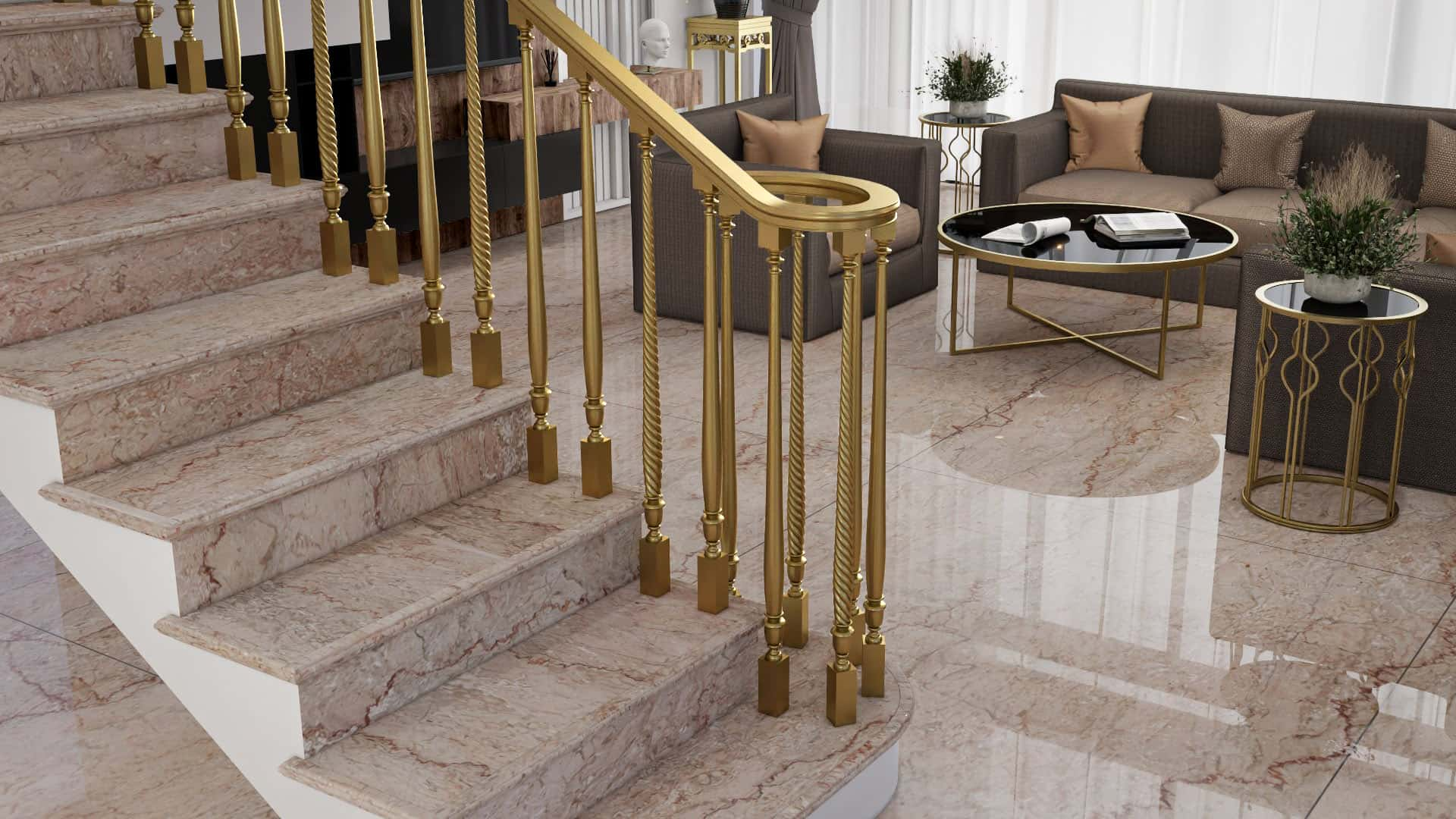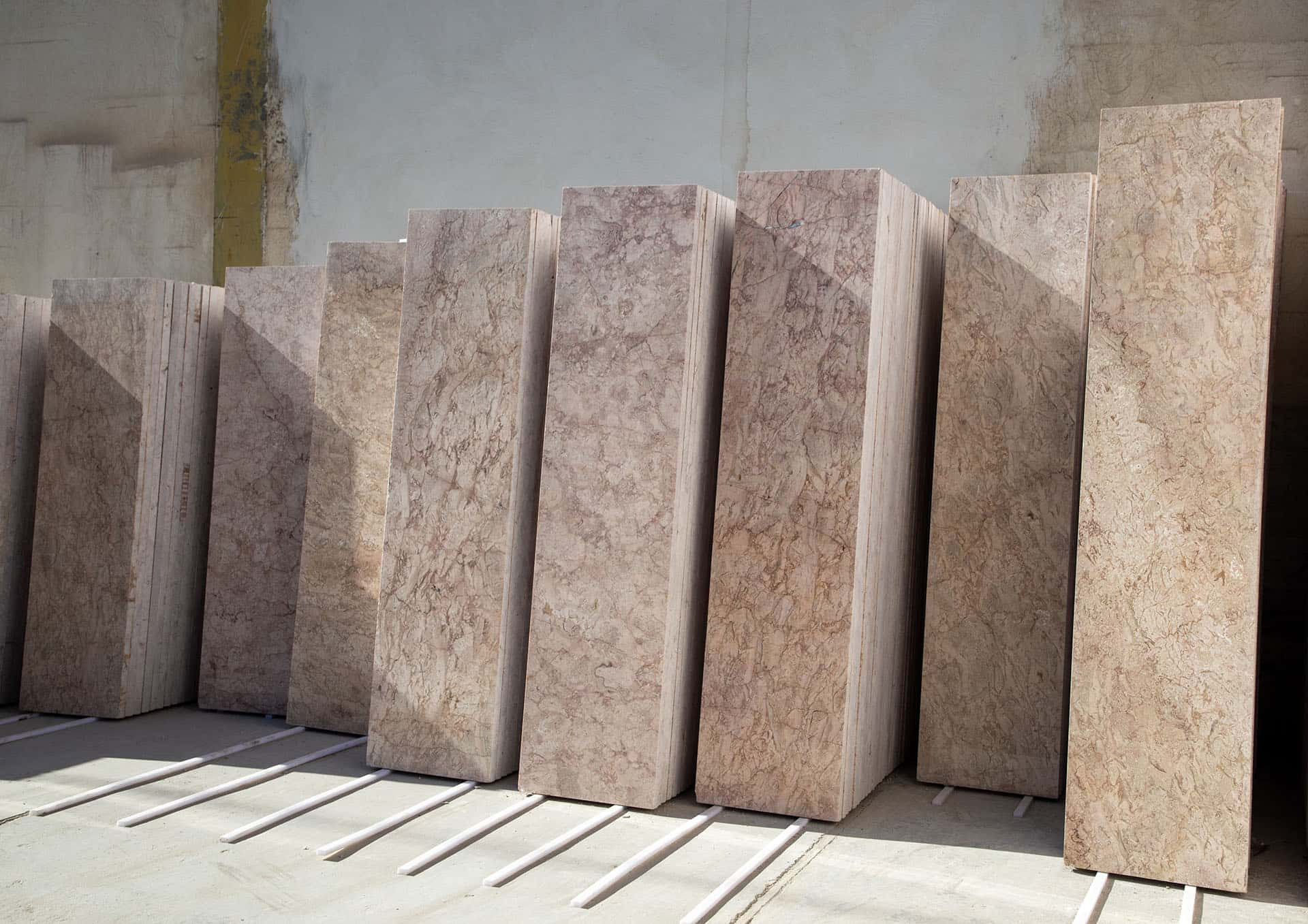Marble is a metamorphosed carbonate rock with a specific crystal texture due to recrystallization under heat and pressure during the metamorphism period. It mainly comprises calcite and dolomite minerals or a combination of both.
The difference in appearance between Marble and travertine is that the surface of travertine has pores, but Marble rarely has porosity and has fossils and soil veins.
How is marble stone formed?
Marble is a metamorphosed stone formed by the recrystallization of limestone so that over time and under pressure and heat, the texture and structure of limestone are transformed and recrystallized, and a large, rough, and veined calcite is formed.
Where are the marble mines located?
In Iran, many mines have been identified and are being exploited. However, there are undoubtedly many marble mines in Iran that have not been identified or exploited yet. Generally, Marble is produced and processed in various colors in Iran.
The total number of marble mines in the country is about 652, of which the most significant share, with 163 mines, belongs to Isfahan province. Fars province with 76, Razavi Khorasan with 67, and Kurdistan with 51 mines are in the following ranks.
According to the distribution map of the mines, the marble poles can be considered as the center, south, northeast, and west of Iran.
Furthermore, Fars province has the highest rank in the country in terms of the quality of marble stones, and most of the marble stones of this province are directly purchased by foreign merchants and transferred abroad for processing.
What designs and colors does Marble have?
This stone has chains called stylolites, which can be seen in the stone texture like a heart rhythm.
Pure Marble has a white and shiny color. Carbonaceous materials cause a light gray to black color. Green colors are usually produced by chlorite or other silicates. The pink and red color is due to very finely dispersed particles of hematite or manganese carbonate, and the yellow and cream color is due to limonite.
Application of marble stone:
Due to its calcareous nature, marble stones have very high water absorption. For this reason, they should not be used in places with a lot of moisture, such as toilets, bathrooms, kitchens, and bathrooms. Moreover, the stone is not resistant to natural factors such as rain, cold, heat, and weathering. Therefore, if marble stones are used in places exposed to cold and heat, they will rot and corrode.
In general, marbles are not an appropriate choice for outdoors unless they have a considerable thickness that can prevent water penetration and stone corrosion, delay deep cracks, or ensure the surface is not eroded. As mentioned earlier, this stone is the ideal choice for indoor use. On the other hand, the wide variety of colors, the possibility of implementing patterns on this stone, and its standability have distinguished it from different stones. Furthermore, Marble may be processed by special mastics and UV, which significantly increases its capabilities and lifespan.

